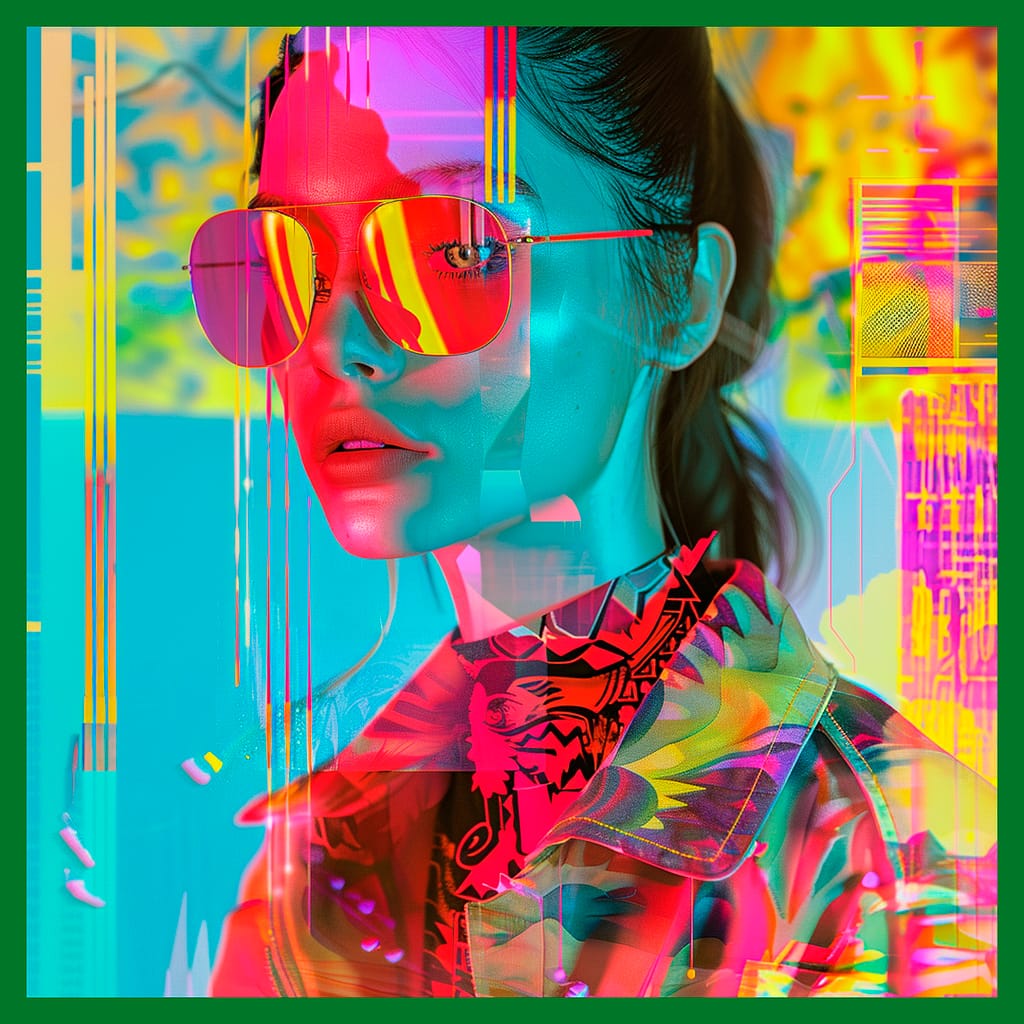
CLO 3D and Today’s Leading 3D Fashion Software: A 2025 Market Overview
Why 3D fashion software now sits at the heart of product development
Five years ago virtual sampling felt like a moon-shot; in 2025 it is the starting line for every serious apparel brand. Supply-chain turbulence, higher fit-return costs and carbon accounting have forced design teams to digitise the sample room. Into that gap stepped a new generation of platforms—CLO 3D, Browzwear VStitcher, Optitex and a fast-growing list of specialist tools—that promise photoreal garments, true-to-cloth physics and PLM-ready data exports. Understanding their differences is now a core competency for pattern makers, technical designers and sourcing managers alike.
CLO 3D: the benchmark for ease of use and realism
CLO 3D retains pole-position thanks to its drag-and-drop workflow, dense fabric-preset library and GPU-accelerated cloth simulation. Designers pin 2D patterns onto a digital avatar, tweak seam tension in real time and share 360-degree renders minutes later. A subscription model keeps the barrier to entry low—freelancers can start for roughly the price of a mid-range graphics card—while enterprise tiers integrate with PLM and colour-management pipelines. Recent versions added neutral-pose avatars that link directly to motion-capture data, reducing the gulf between static fit approval and movement testing. Users still cite limited tech-pack automation and patchy PLM connectors as pain points, a gap competitors are keen to exploit
Browzwear VStitcher: enterprise muscle and Stylezone collaboration
For companies that treat digital product creation as a supply-chain backbone rather than a design side-project, Browzwear’s VStitcher is the name most often whispered in sourcing corridors. Its 2024.2 edition introduced automated seam-allowance propagation, parametric trims and Stylezone cloud spaces where factories review comments on live 3D garments without installing the core application. Independent licences start at about six hundred euros a year, while brand deployments tie into SAP, Centric PLM and Adobe Illustrator via open APIs. That depth does not come free: the learning curve is steeper than CLO 3D and workstation requirements can be punishing, but brands chasing single-source-of-truth data often decide the trade-off is worth it.
Optitex: pattern-maker pedigree meets Siemens PLM
Where CLO 3D wooed fashion colleges and Browzwear conquered global sportswear, Optitex carved a niche with pattern-making traditionalists and technical textiles. Its hybrid 2D/3D interface lets users toggle between flat patterns and a 3D drape view without exporting files, preserving grading rules along the way. The company’s 2024 showcase at Siemens’ PLM Innovation Conference underscored a roadmap built on industrial interoperability—nesting layouts feed straight into CNC cutters, and simulation engines borrow code from automotive composites. After merging with NedGraphics last year, Optitex now bundles print-repeat tools for upholstery and athleisure, making it the platform of choice for brands whose product lines blur fashion and interior desig
Up-and-coming challengers: Tailornova, Blender add-ons and AI-driven plug-ins
The market no longer revolves around three giants. Tailornova’s cloud CAD costs barely thirty euros a month and auto-generates made-to-measure patterns with a browser-based configurator—ideal for DTC brands that print on demand. Blender, once the domain of VFX artists, now hosts fashion-specific plug-ins that import DXF patterns and simulate cloth using the open-source Mantaflow solver. AI accelerators are multiplying, too: NewArc.ai pushes text-to-pattern previews, cutting early ideation time in half. These tools rarely equal CLO’s material presets or VStitcher’s PLM handshake, but they pressure incumbents to keep innovating on price and speed.
Key buying questions for 2025
The first is fit fidelity. CLO 3D and Browzwear both offer stochastic multi-layer solvers that mimic fabric bending and weft insertion, yet lab tests show variance when simulating performance knits with elastane. Teams targeting athleisure should run parallel drape trials before locking in a licence. The second is pipeline openness. Optitex wins where CAD/CAM continuity rules; CLO’s API is widening but still lags for automated BOM extraction. The third is cost of change. A mid-size brand can migrate its pattern archive to VStitcher in two quarters but may spend longer training vendors who lack high-spec PCs. Finally, sustainability reporting now sits inside many CFO dashboards. Look for platforms that output verifiable sampling-reduction metrics—some Browzwear enterprise customers already credit virtual twins when filing ESG statements.
The road ahead: avatars, AI and real-time engines
By 2026 most serious vendors will link garment files to parametric avatars derived from body-scan databases. Unreal Engine 6 integration is next, letting designers showcase photoreal looks in e-commerce without offline renders. AI will keep infiltrating low-value clicks: seam naming, button placement, even colourway exploration. Yet the fundamentals remain human: accurate patterns, validated drape physics and collaboration across design, merchandising and factories.
CLO 3D popularised digital draping, Browzwear extended it into supply-chain command centres, and Optitex is stitching 3D directly into CAD/CAM production. Around them orbit nimble newcomers leveraging AI and cloud scale. Choosing a platform in 2025 is less about headline visuals and more about how deeply the software plugs into costing, PLM and sustainability reporting. Brands that treat the selection as a strategic infrastructure decision—rather than a shiny render generator—will capture the real dividends of faster calendars, lower sampling waste and consumer-ready digital twins.
